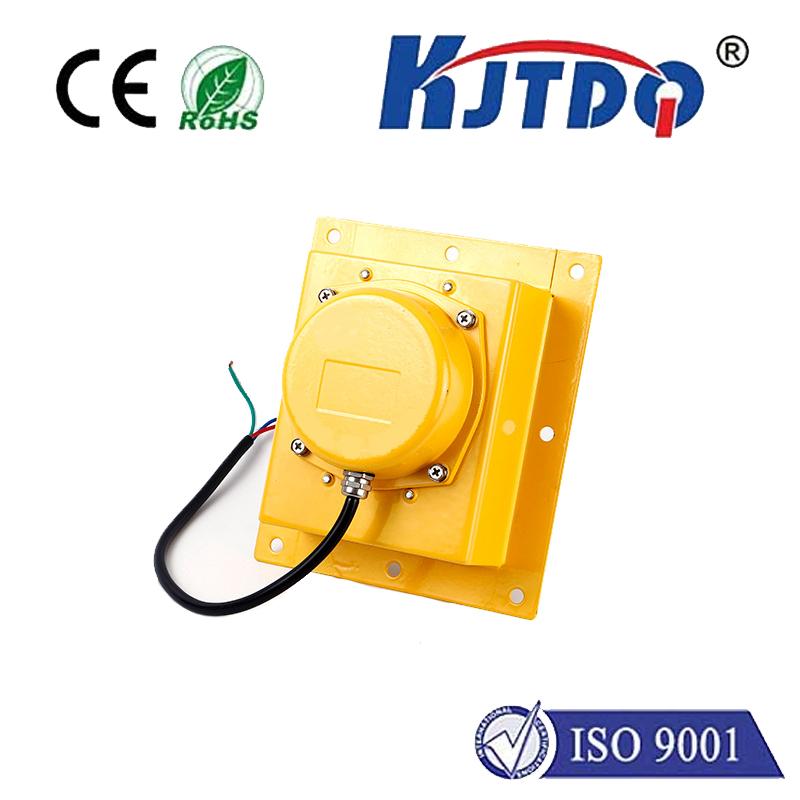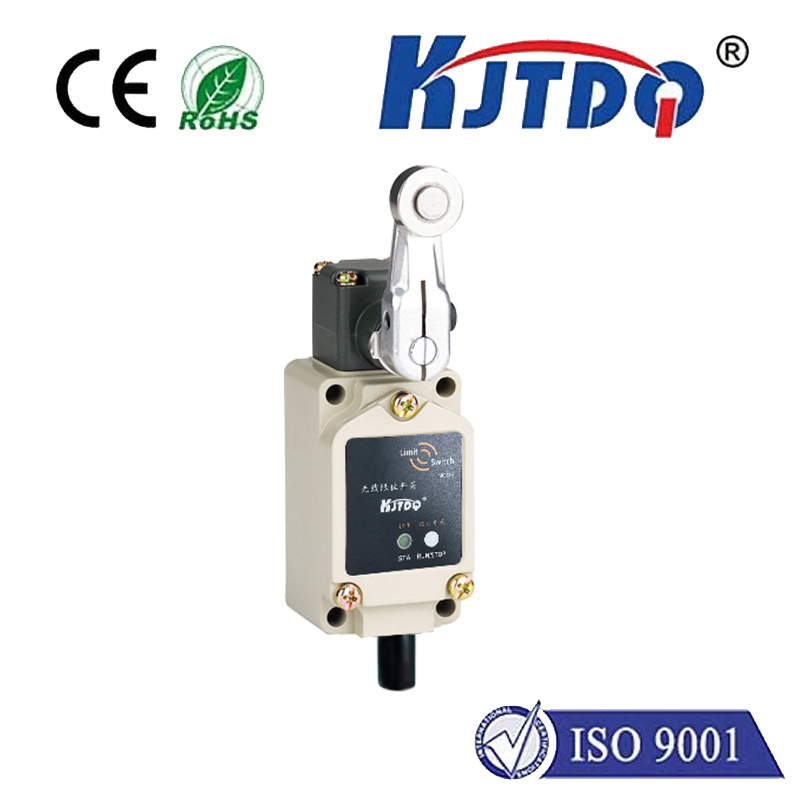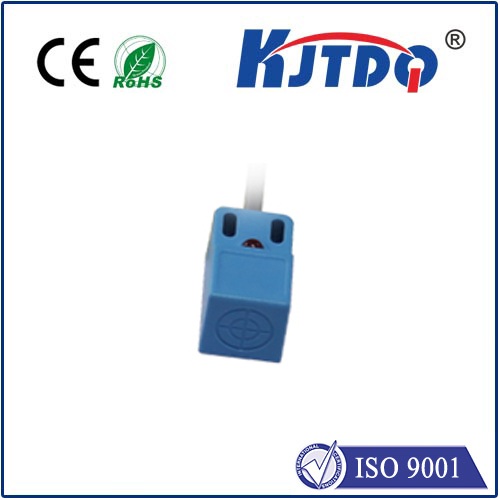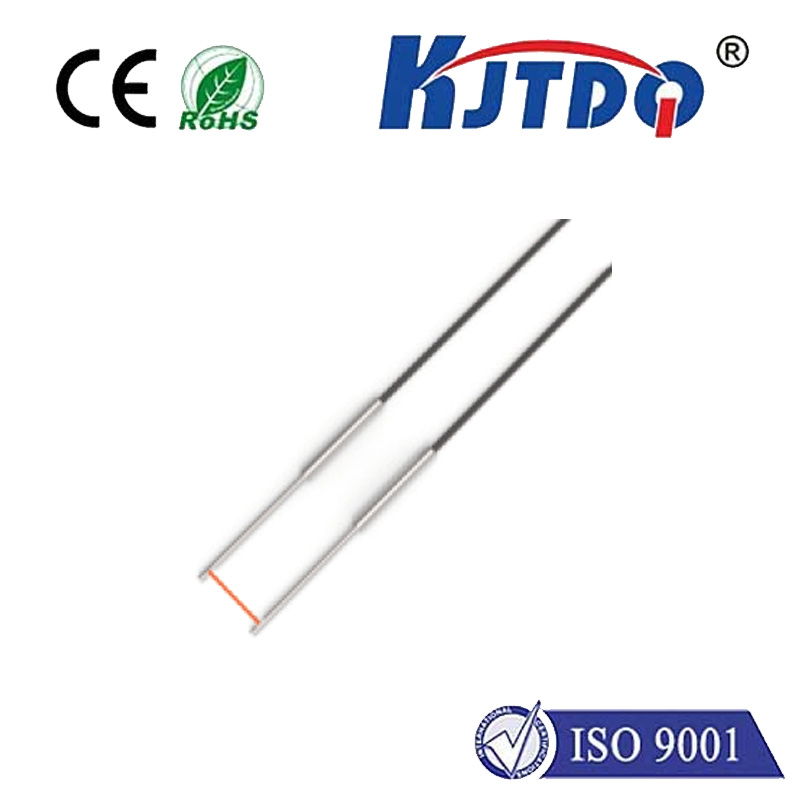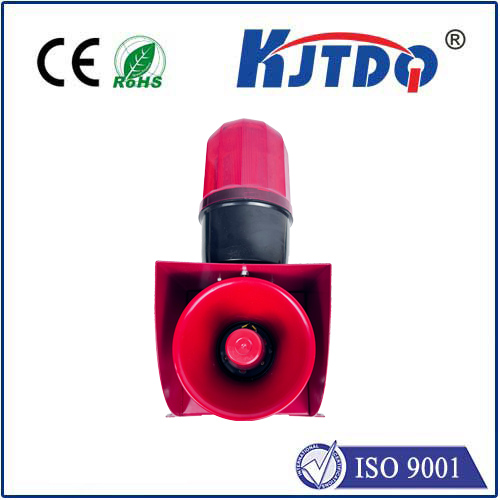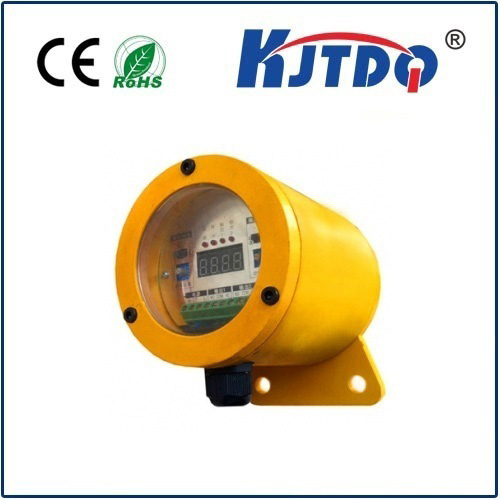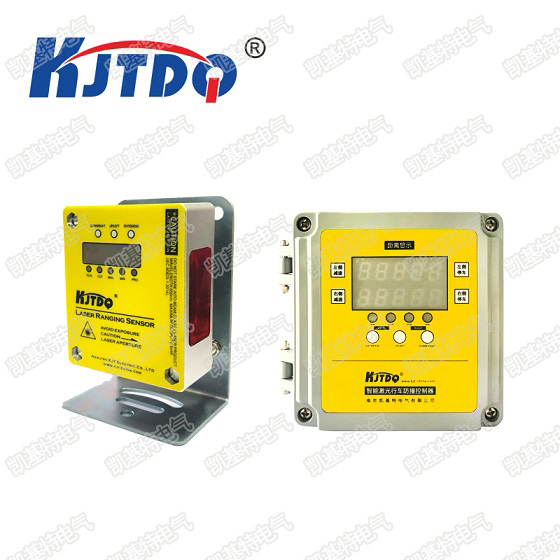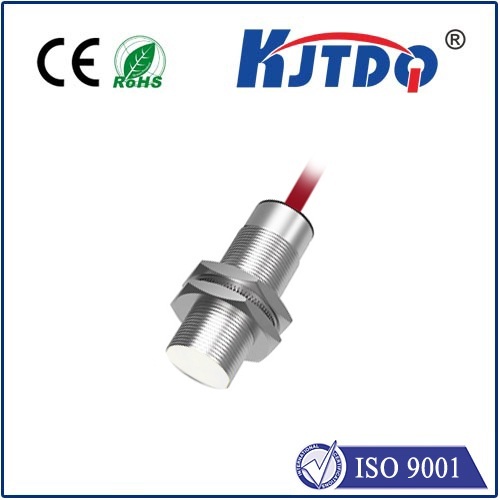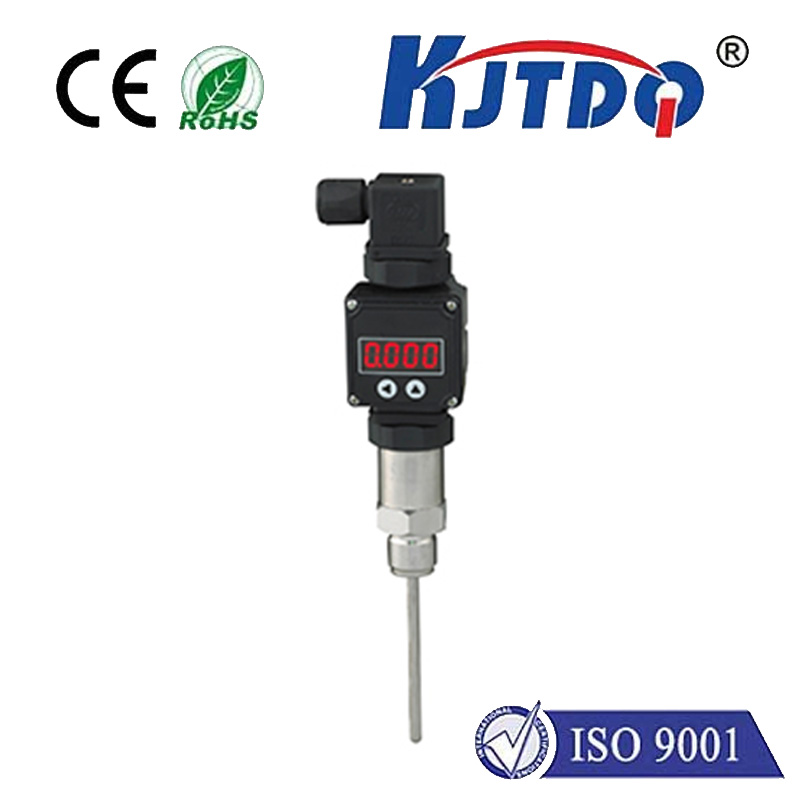
check

check

check

check
Title: The Revolutionizing Role of Laser Sensors in Modern Technology
Introduction to Laser Sensors (500-600 Words)
Laser sensors, commonly referred to as lidars, are advanced optical devices that use laser technology to detect and measure distances. These innovative instruments have transformed various industries by providing accurate and reliable data. In this article, we will explore the fundamental principles behind laser sensors, their applications, and the latest advancements in this exciting field.
The Principle of Laser Sensors (500-600 Words)

Laser sensors operate on the principle of measuring the time it takes for a laser beam to bounce back after striking an object. This process is known as echo spectroscopy or lidar scanning. The laser emits a beam of light, which travels through the air towards the target. The reflected light is then detected by the sensor, which calculates the distance between the laser and the object. By analyzing multiple reflections, lidar systems can create a 3D map of the surrounding environment.
Applications of Laser Sensors (500-600 Words)
The versatility of laser sensors has made them essential in numerous fields, including transportation, agriculture, construction, security, and environmental monitoring. In transportation, lidar systems are used for collision avoidance, traffic management, and vehicle navigation. In agriculture, they help farmers optimize irrigation, monitor crop growth, and detect soil moisture levels. In construction, laser sensors aid in surveying, levelling, and positioning equipment during building projects. In security, they enhance surveillance and provide real-time information on potential threats. Finally, in environmental monitoring, lidar systems monitor weather conditions, track wildfires, and assess pollution levels in oceans and forests.
Advancements in Laser Sensor Technology (500-600 Words)
Recent years have witnessed significant advancements in laser sensor technology. One such development is the integration of artificial intelligence (AI) algorithms into lidar systems. AI algorithms enable machines to learn from data and make decisions based on that knowledge. This feature enhances the accuracy and efficiency of laser sensors by allowing them to identify patterns and make predictions. Another area of improvement is the miniaturization of lidar components, leading to smaller and more compact systems with improved performance. Additionally, high-speed lidar systems that can scan areas at incredible speeds are being developed to meet the growing demand for real-time data in various sectors.
Conclusion (200-250 Words)
In conclusion, laser sensors have revolutionized modern technology by providing accurate and reliable data in various applications. The fundamental principle of echo spectroscopy combined with cutting-edge technology has enabled these devices to transform various industries. The integration of AI algorithms and miniaturization efforts are expected to drive further advancements in this field, making laser sensors even more powerful and versatile tools for the future. As technology continues to evolve, it is clear that laser sensors will play a crucial role in shaping our world.
